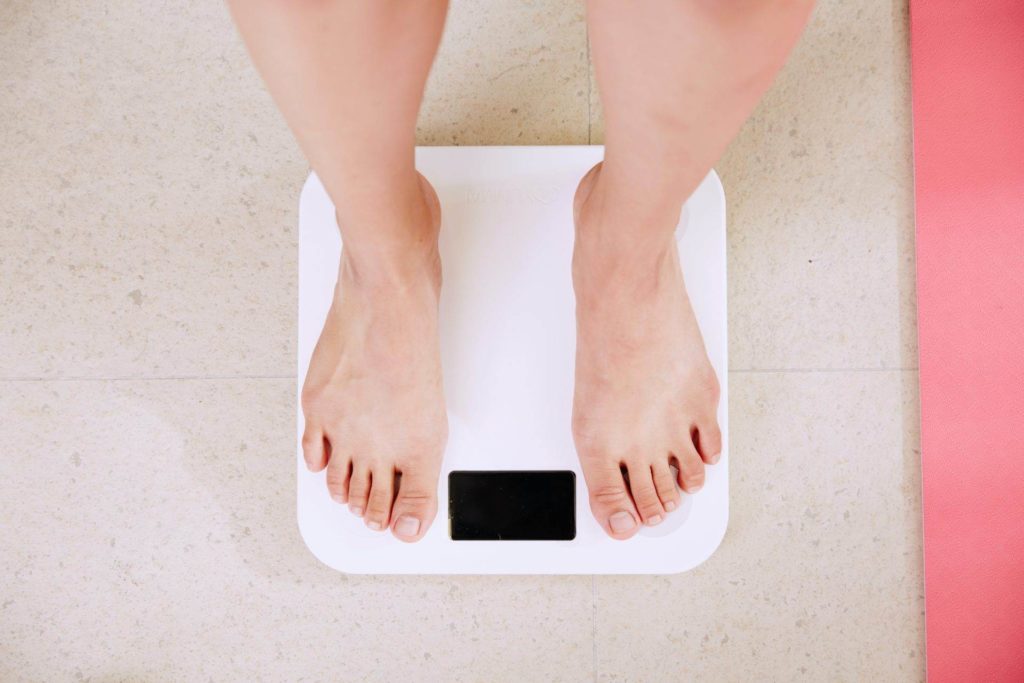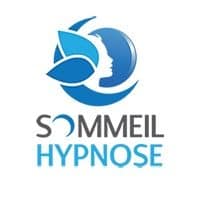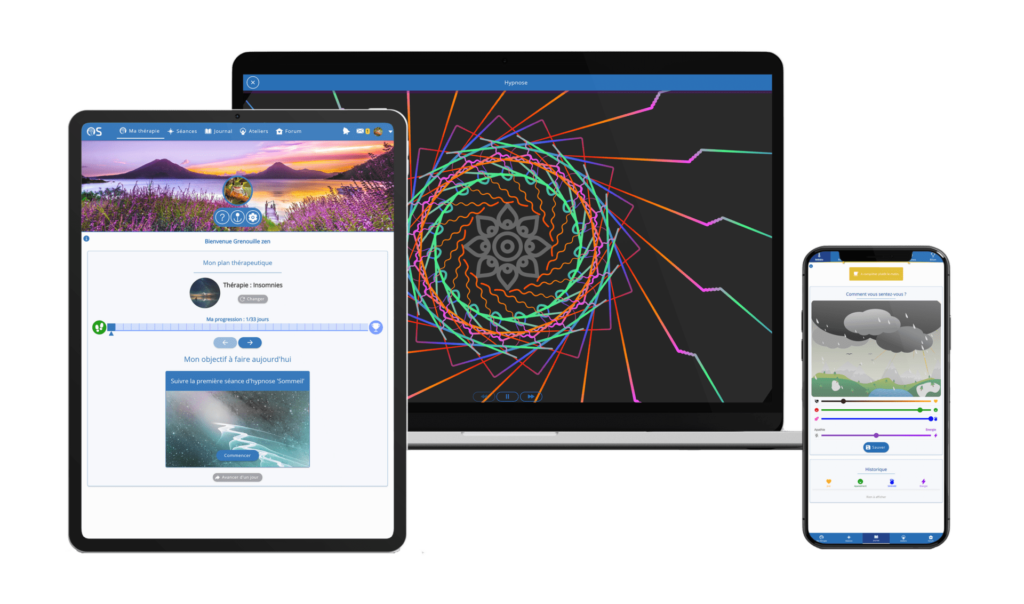
In this live event hosted by Gilbert Dagon, discover the nuances between hypnosis and self-hypnosis, as well as the benefits of the latter for improving your daily life. Get ready to explore practical techniques that will help you get to know yourself better and achieve your personal goals.
Understanding hypnosis: definition and techniques
Hypnosis is often misunderstood and surrounded by many beliefs. To fully understand self-hypnosis, it's essential to first understand what hypnosis itself is. Hypnosis is a modified state of consciousness, a trance that enables access to unexplored internal resources. Contrary to the common misconception that you're "asleep" or out of control, hypnosis is an awakened state in which you are highly receptive to suggestion.

Types of hypnosis
- Classical hypnosis : Often used in therapy, it involves direct suggestion and is often practiced by professionals.
- Ericksonian hypnosis : A more permissive approach that uses metaphorical language to induce trance.
- Self-hypnosis : A technique that anyone can learn to put themselves in a hypnotic state without the help of a practitioner.
Each of these techniques has its own specific features and can be used according to the individual's needs. Self-hypnosis, in particular, is a powerful tool for personal development and emotional management.

The mechanisms of hypnosis
Hypnosis works by diminishing the activity of the critical mind, allowing easier access to the unconscious. This creates a space where suggestions can be accepted without resistance. This process can be used to treat a variety of problems, from anxiety to pain management.

The stages of hypnosis
- Induction : The practitioner guides the individual into a state of relaxation.
- Trance : A modified state of consciousness where the unconscious is more accessible.
- Suggestions : Phrases or images are suggested to bring about the desired changes.
- Alarm clock : The individual is returned to a normal state of consciousness.
These steps optimize the effect of hypnosis, making the suggestions more effective. Self-hypnosis follows a similar process, but is carried out by the individual themselves.

Hypnosis applications
The applications of hypnosis are varied and touch on different aspects of life. Whether to improve self-confidence, reduce stress or even manage chronic pain, hypnosis offers concrete solutions.
- Stress and anxiety management
- Pain control
- Enhanced sports performance
- Smoking cessation support

Why choose self-hypnosis?
Self-hypnosis gives you autonomy in managing your emotions and behaviors. By learning to self-hypnotize, you can access your inner resources, relax and mentally reprogram yourself without the need for a therapist. This offers unrivalled flexibility and accessibility in the personal development journey.

The benefits of self-hypnosis
- Autonomy : You become the master of your own mind.
- Accessibility : Practice whenever and wherever you like.
- Cost-effectiveness : Save on therapy sessions.
It's a tool that can be easily integrated into daily life, enhancing overall well-being and promoting a better quality of life. By developing this skill, you offer yourself a key to navigating life's challenges with greater serenity.

Self-hypnosis structures and techniques
Self-hypnosis is based on specific structures and techniques that enable anyone to learn the practice. Understanding these elements is essential to getting the most out of self-hypnosis. These techniques can be learned and integrated into daily life, promoting greater well-being.

The stages of self-hypnosis
To practice self-hypnosis, it's important to follow certain well-defined steps. Here's an overview of the process:
- Preparation: Choose a quiet place where you won't be disturbed. This helps create an environment conducive to relaxation.
- Induction : Use relaxation techniques such as deep breathing or visualization to gradually enter a hypnotic state.
- Trance : Once you've relaxed, focus on positive suggestions or mental images that correspond to your goals.
- Suggestions : Make clear, precise suggestions. For example: "I'm calm and relaxed" or "I can handle stress".
- Emerging : To come out of the trance, count slowly to five while telling yourself that you'll wake up feeling refreshed and revitalized.

Specific self-hypnosis techniques
There are several techniques you can use to strengthen your self-hypnosis practice:
- Visualization : Imagine positive scenarios to help you relax and achieve your goals.
- Autosuggestions : Repeat positive affirmations to influence your unconscious mind.
- Listen to your body: Learn to feel different body sensations and use them to guide your suggestions.
- Use of metaphors : Create stories or mental images that evoke positive emotions and desired changes.

Practical applications of self-hypnosis
Self-hypnosis can be applied in many areas of daily life. Here are a few examples of practical applications:
Stress and anxiety management
One of the most common uses of self-hypnosis is stress management. By practicing regularly, you can learn to calm your mind and reduce anxiety symptoms.

Improved sleep
Use self-hypnosis to promote restful sleep. By establishing a self-hypnosis routine before bedtime, you can signal to your body that it's time to relax and fall asleep.
Sports performance
Athletes often use self-hypnosis to improve their concentration and performance. By visualizing successes and mentally conditioning themselves, they can achieve higher levels of performance.

Smoking cessation
For those looking to quit smoking, self-hypnosis can be a powerful tool. By creating positive suggestions and strengthening willpower, you can reduce cravings and facilitate the quitting process.

Pain management
Self-hypnosis is also recognized for its effectiveness in pain management. By using dissociation techniques, you can reduce the perception of pain and improve your quality of life.

Conclusion and call to action
In conclusion, self-hypnosis is a valuable skill that can transform your life. By learning and practicing these techniques, you can improve your general well-being, manage stress and even achieve personal goals.
We encourage you to explore self-hypnosis further. Sign up for courses, read books and practice regularly. Remember, the key to success is practice and perseverance.

Join our community to share your experiences and ask questions. Together, we can move towards optimal well-being.















































